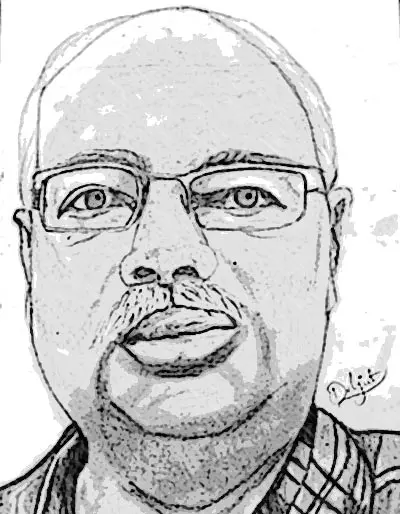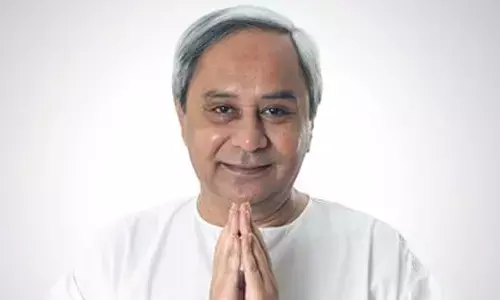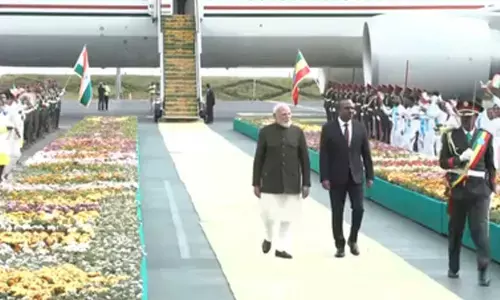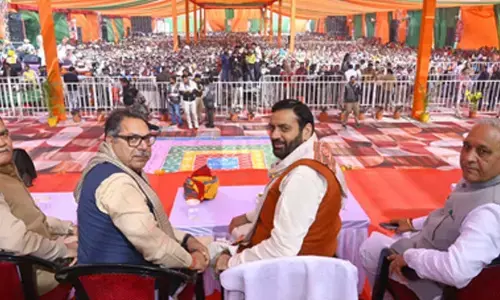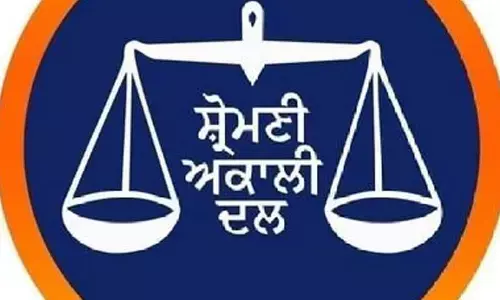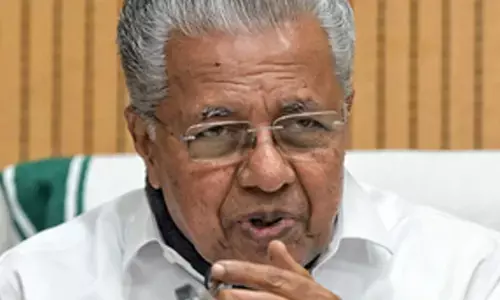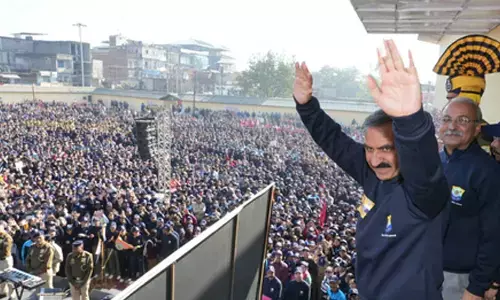Time to revive importance of Vedas and Upanishads
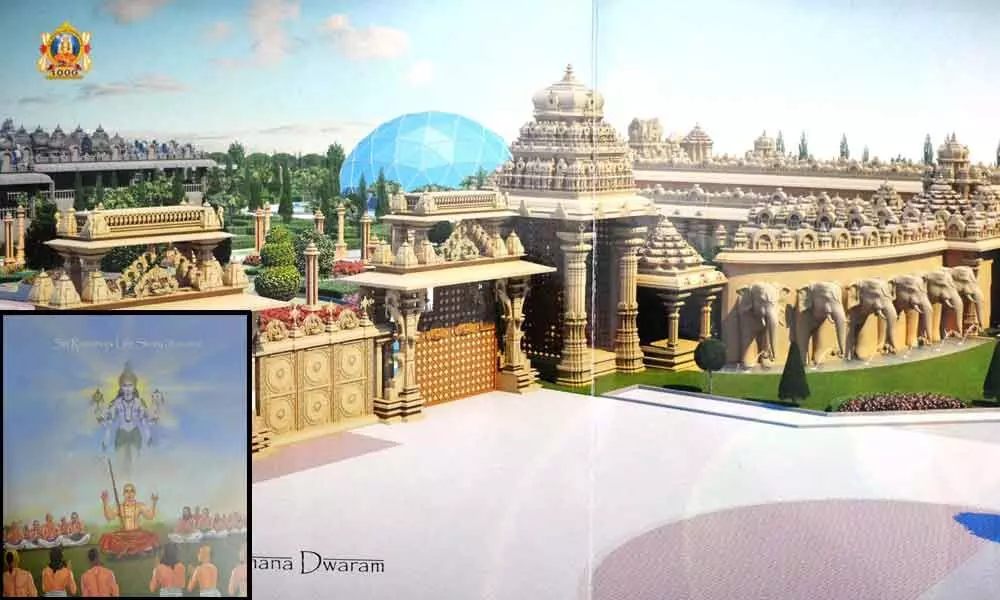
Time to revive importance of Vedas and Upanishads
It’s a matter of great pride that the importance of Vedas which was weakened due to several reasons and blind ritualistic ceremonies is being revived once again.
It's a matter of great pride that the importance of Vedas which was weakened due to several reasons and blind ritualistic ceremonies is being revived once again.
All great saints whether it is Adi Sankaracharya or Ramnujacharya strived to spread the message that spirituality was not connected to stereotypes. Indian philosophy according to them mentions human welfare and views of life in a holistic manner. Adi Sankaracharya in 8th century and later Ramanujacharya worked to make the society aware of this truth.
Adi Sankara was a philosopher and theologian, who propagated the Vedanta of Advaita. Sankara was a great seer, who was responsible for unifying and establishing the main tenets of Hinduism.
The only difference between these two great saints was that unlike Adi Sankara, Ramanuja accepted the theory of transformation. According to Sankara the material world is false; it has no existence. But Ramanuja, on the other hand, said that the material world is the energy of Godhead.
Both Adi Sankara and Ramanuja had travelled widely within India. They had propagated the principles of Advaita and Vedanta.
Adi Shankara is believed to have attained Samadhi at the age of 32, at Kedarnath in Uttarakhand, which is an important pilgrimage site for Hindus. According to texts, his students last saw him walking on the mountains of the Himalayas. Suddenly, he disappeared and could not be traced.
Ramanuja was born in India during the year 1017 A.D to Asuri Kesava and Kantimati, both from aristocratic families. Rumanuja it is said passed his childhood days in Sriperumbudur, the village of his birth. At the age of 16 he was married to Rakshakambal.
Few months later he lost his father and Ramanuja became head of the family and moved to Kanchi, the city of temples. He joined the school of Yadava Prakash an adwaita-vedanta scholar. It was claimed that no one could surpass his ability to explain the teachings of Adi Sankara.
But there were couple of incidents when Ramanuja differed with his teacher on the explanation that was given to some students while clarifying their doubts which was not liked by Yadava. Later Ramanuja opened his own school of philosophy at his home. His philosophy came to be known as Vasisthadwaita.
"Ramanuja's assertion was that the quantitative difference means that the fragmentary parts of the Supreme are dependent on the Supreme but they cannot become the Supreme. The philosophy of Sankara stated that everything is Brahman and Brahman itself is homogeneous, undifferentiated, and without personality; individuality arose only due to illusion or maya. But this concept was staunchly opposed by Ramanuja."
Ramanuja preached the doctrine of devotion with strength and conviction. So convincing was Ramanuja in his presentation that even his teacher Yadava Prakash and his followers surrendered and became his disciples.
Eventually he renounced the order of life and became Sanyasi and dressed in saffron cloth, and carried the renunciate's three-sectioned staff, which signified service to God by body, mind, and words. Many great and learned scholars came to hear him speak and became his disciples.
The statue of Equality that would be soon inaugurated in Hyderabad will have more detailed stories on his life and teachings and with the use of technology; they will help the common man to understand the philosophy of Ramanuja in lucid style. This project will certainly go a long way in enlightening the people about the teachings of Vedas and Upanishads.

